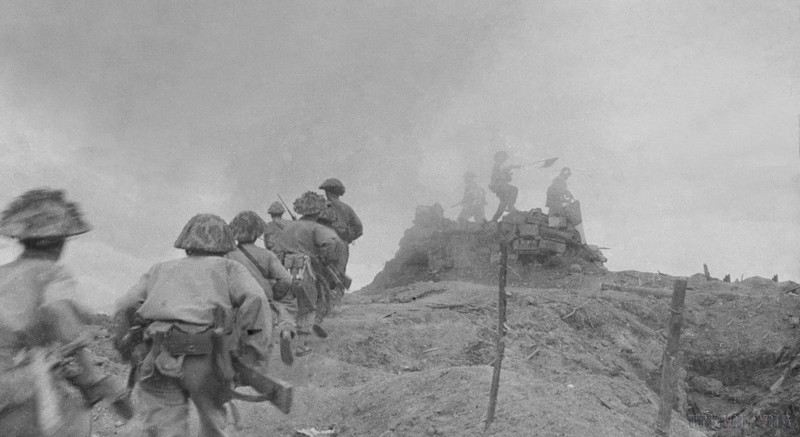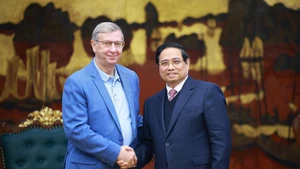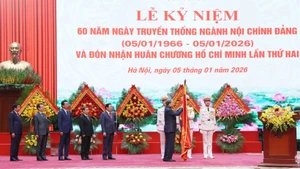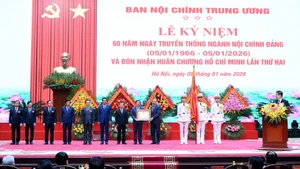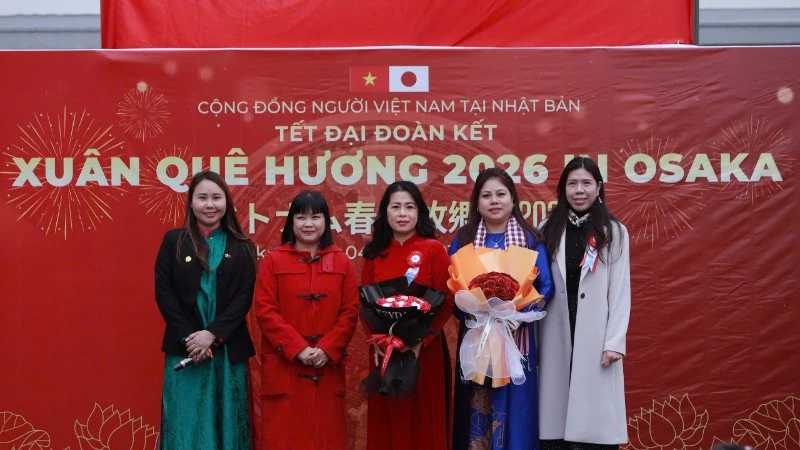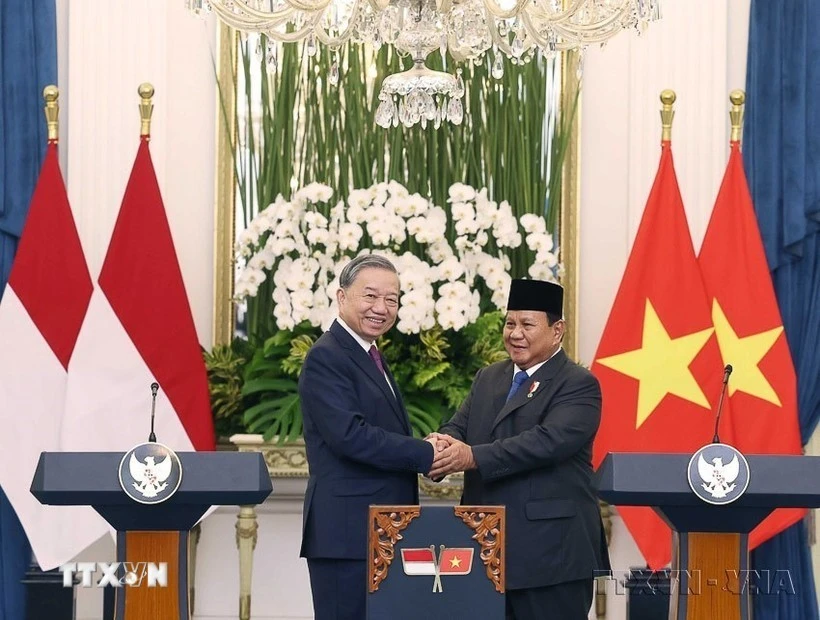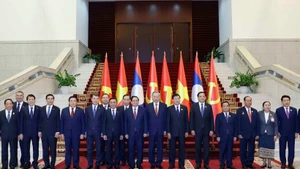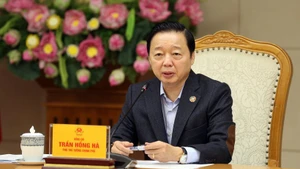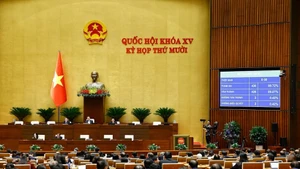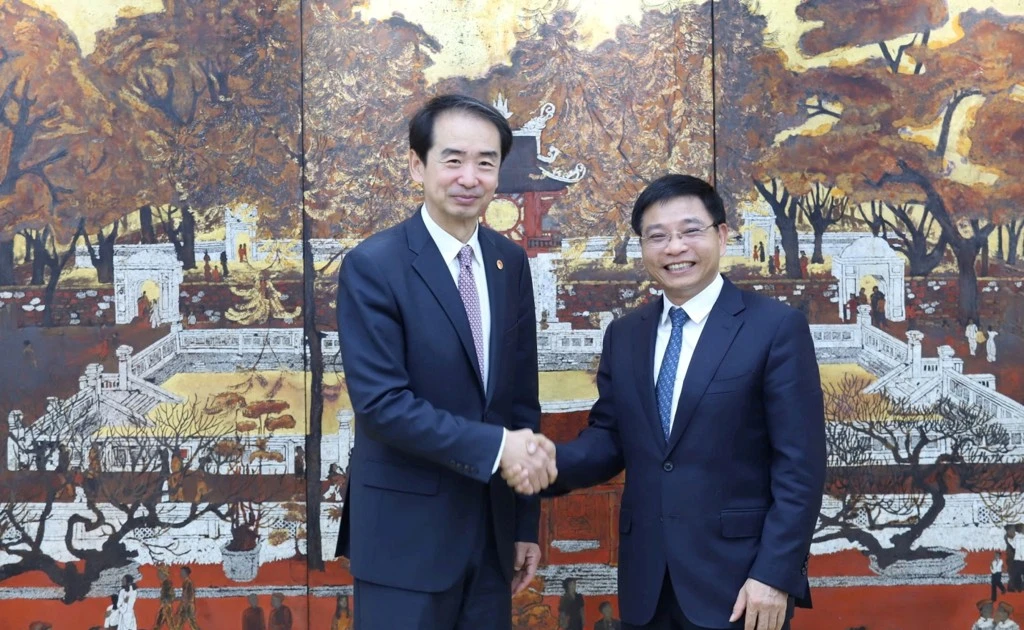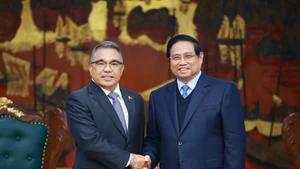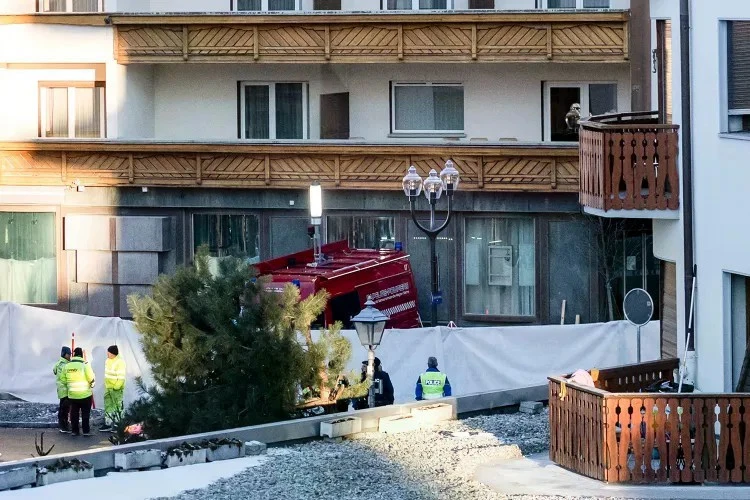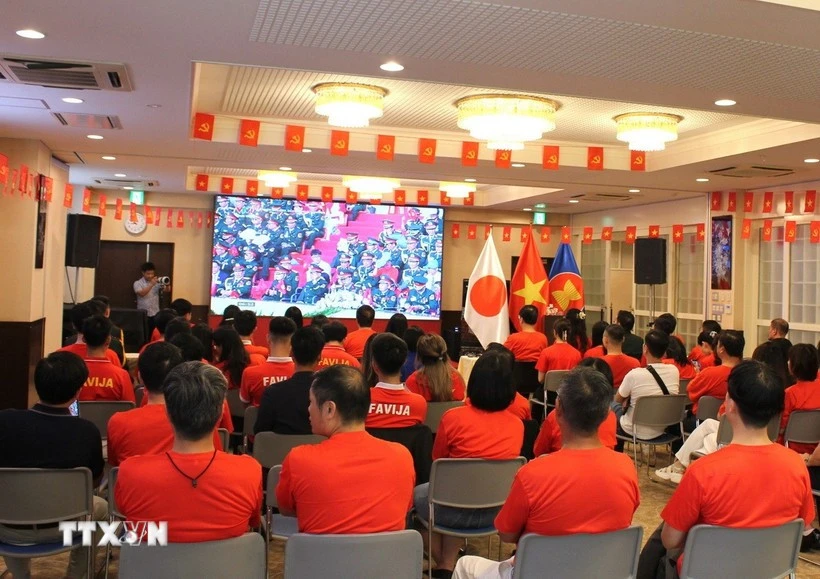To successfully complete the remaining tasks of the second stage, the Campaign’s Command instructed units to consolidate attacks and siege of the enemy. The closer the Vietnamese troops got to the enemy battlefield and the tighter the siege became, the more stubborn the enemy would be in dealing with it. Therefore, the Vietnamese troops must have a good battlefield to surround and fight against the enemy’s counterattack. In addition, the Vietnamese side controlled Dien Bien Phu’s airspace with all kinds of firepower both day and night, depriving parachutes and air reinforcements, taking away the enemy’s remaining primary support and pushing them into an increasingly dangerous situation.
Regarding the enemy side, they reinforced 167 paratroopers for Dien Bien Phu and sent two C119 aircraft to dump all the artillery shells they were carrying onto the parachute drop site. On the morning of April 8, 1954, a French unit was sent to Co My village to collect remains, but there was no trace left of the stray artillery shells.
In Saigon, Colonel Gentil, head of the French Army’s technical unit, said that after consulting with experts in France, he proposed that artificial rain could be created on the section of Road 41 leading to Dien Bien Phu. Artificial rain, combined with natural thunderstorms, can cause difficulties for trucks carrying supplies to Vietnamese soldiers. Despite the weak possibility of this project, Nava agreed to mobilise resources for testing.
